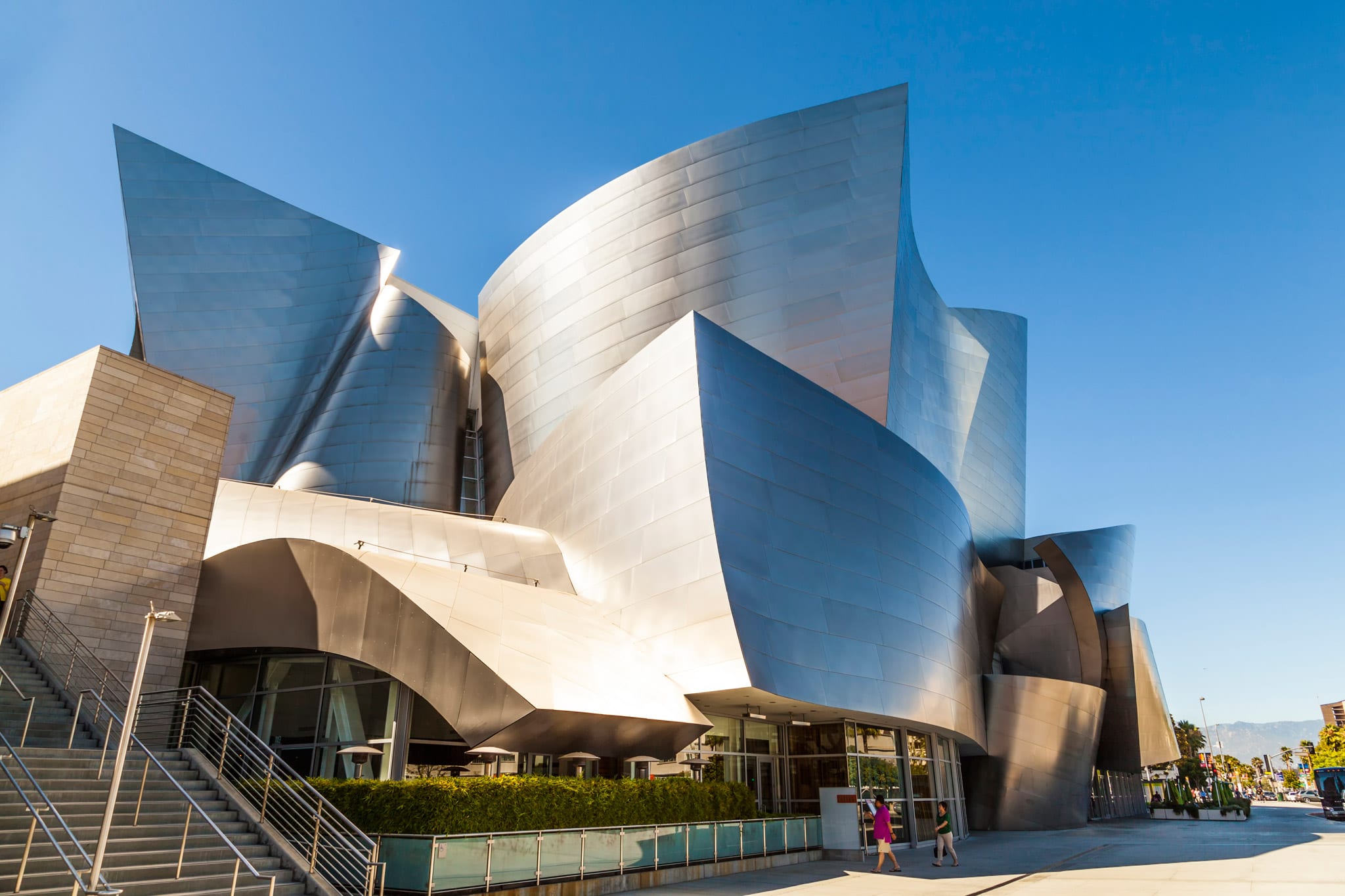Just How CDA Architects Supply Cutting-Edge Solutions for Sustainable Style
A Detailed Summary of Building Styles and Their Influence on Modern City Planning and Development
Architectural designs have actually long offered as a mirror to the social worths and technical innovations of their time, playing a crucial role in forming contemporary city planning and development. From the grandeur of Neoclassicism to the practical strategy of Brutalism, each design has presented unique principles that influence city aesthetics and capability.
Historical Introduction of Architectural Styles
Throughout background, architectural styles have evolved in feedback to cultural, technical, and environmental factors. Each period reflects the prevailing values, ideas, and improvements of its time, causing a rich tapestry of style that indicates human creativity and adaptation. The old people, such as the Egyptians and Greeks, established foundational designs that highlighted symmetry and percentage, offering both practical and visual objectives.
As cultures transitioned via the Middle Ages, Gothic style arised, characterized by its verticality and complex outlining, mirroring the spiritual aspirations of the age. The Renaissance marked a resurgence of classic perfects, combining art and architecture in cutting-edge manner ins which affected subsequent styles across Europe.
The Industrial Revolution presented brand-new products and building methods, prompting activities like Modernism, which tested standard forms and welcomed simplicity and performance. The 20th century saw a diversification of designs, with Postmodernism responding against the stark minimalism of its predecessor, including historical referrals and eclectic aspects.
Today, architectural designs remain to progress, driven by globalization and sustainability issues, mirroring a vibrant interplay in between heritage and innovation. This historical introduction highlights the importance of design as a mirror of social development and as a catalyst for city advancement.
Key Architectural Styles Explained
The diversity of architectural designs mirrors the myriad impacts that form our developed environment, each personifying distinct features and social relevances. Key building designs include Classic, Gothic, Baroque, Modernism, and Postmodernism, each representing distinct historical contexts and aesthetic ideologies.
Classic style, rooted in old Greece and Rome, emphasizes symmetry, percentage, and the use of columns. In comparison, Gothic style, flourishing in the center Ages, is characterized by pointed arches, ribbed vaults, and flying buttresses, creating an angelic quality in cathedrals. Baroque architecture, arising in the 17th century, is marked by grandeur, sophisticated embellishment, and a dynamic interaction of light and darkness.

Recognizing these styles offers insight right into the cultural narratives and technical advancements of their particular periods, highlighting how style serves not try this website simply as a sanctuary, but as a reflection of social worths and ambitions.
Influence on Urban Planning
In forming the development of cities, architectural styles considerably affect urban planning decisions. The choice of architectural design often determines the appearances, performance, and overall personality of urban environments.
Additionally, architectural designs can influence zoning regulations and land utilize plans. Urban organizers must think about the prevailing architectural patterns when developing areas, guaranteeing that brand-new advancements harmonize with existing structures. This factor to consider fosters cohesive urban landscapes and improves area identity.
The execution of certain building designs can also influence socioeconomic variables within a city. For instance, premium modern designs might bring in upscale residents and businesses, causing gentrification, while extra budget friendly real estate options might focus on useful and lasting designs to accommodate varied populaces. Ultimately, the interaction in between building designs and city preparation produces dynamic cities that show both historic context and modern requirements, shaping the lived experiences of their inhabitants.
Sustainability and Modern Style
Architectural designs play an essential function in resolving modern obstacles, particularly in the world of sustainability. As metropolitan locations expand and environmental worries heighten, contemporary design significantly embraces lasting style principles that prioritize energy efficiency, source conservation, and marginal environmental effect.
Contemporary building motions, such as biophilic layout and eco-friendly design, supporter for structures that harmonize with their surroundings, making use of natural materials and advertising biodiversity - cda architects. These designs commonly include sustainable energy sources, such as photovoltaic panels and wind generators, to minimize reliance on fossil gas and reduced carbon footprints
Additionally, the assimilation of advanced innovations, such as clever building systems, enhances energy management, enhancing resource usage while ensuring occupant convenience. Ingenious water administration approaches, including rainwater harvesting and greywater recycling, additional add to lasting urban environments.
Significantly, sustainability extends beyond environmental concerns; it incorporates social and economic dimensions. By promoting neighborhood wellness and promoting inclusivity, modern-day architectural styles align with sustainable advancement goals. The development of architectural practices continues to shape durable cities that not just fulfill the demands of the present however likewise guard go the future for generations to come.
Neighborhood Interaction in Style
Neighborhood engagement in style functions as a vital bridge between designers and the populations they offer, making sure that the built setting mirrors the needs and goals of its customers. This collaborative procedure welcomes community members to contribute their insights and choices, cultivating a sense of possession and duty towards the spaces they inhabit.
Reliable area involvement utilizes different approaches, such as workshops, studies, and public forums, to gather diverse point of views (cda architects). These strategies assist in a two-way discussion, enabling architects to comprehend regional contexts while equipping locals to articulate their worries and desires. This inclusivity not only boosts see page the layout top quality however also promotes social equity by addressing the special obstacles dealt with by marginalized groups

Verdict
Architectural designs have profoundly influenced modern city preparation and advancement, showing developing cultural and technological contexts. As cities proceed to grow and adapt, the continuous discussion between architectural heritage and contemporary design principles will stay necessary in creating inclusive, vivid areas that improve quality of life and advertise social equity.